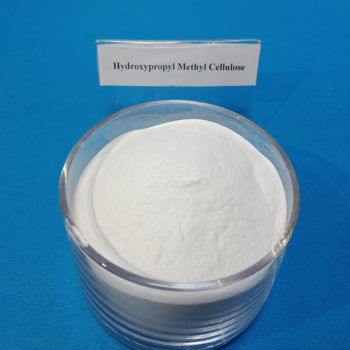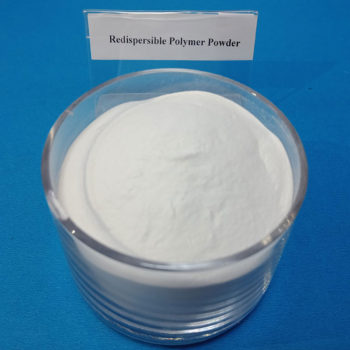China cellulose ether manufacturer
China HPMC factory,have a daily output 150 tons,our products including Hydroxypropyl Methyl Cellulose (HPMC), Redispersible Polymer Powder (RDP) ,which can be widely used in building materials such as dry mix mortar, gypsum based plaster, wall putty, tile adhesive, cement mortar, EIFS, detergent and so on.


what is hpmc cellulose ether
Hydroxypropyl Methylcellulose (HPMC) is a type of non-ionic cellulose ether, derived from natural cellulose through chemical modification. It is widely used in various industries due to its unique properties. Here’s a detailed explanation of HPMC as a cellulose ether:
Structure and Composition
-
Cellulose Backbone: HPMC is derived from cellulose, which is a natural polymer found in the cell walls of plants. Cellulose itself is composed of glucose units linked by β(1→4) glycosidic bonds.
-
Chemical Modification: The cellulose is chemically modified by substituting some of the hydroxyl groups (-OH) with methoxy groups (-OCH₃) and hydroxypropyl groups (-CH₂CH(OH)CH₃). This modification enhances the solubility and functional properties of cellulose.
Key Properties
-
Solubility:
- HPMC is soluble in both cold and hot water, but insoluble in most organic solvents. Its solubility in water is a significant property, allowing it to be used in aqueous formulations.
-
Thickening Agent:
- HPMC acts as an effective thickening agent, increasing the viscosity of solutions. This property is useful in applications requiring a stable and consistent viscosity, such as in paints, adhesives, and coatings.
-
Film-Forming Ability:
- It can form strong, flexible films upon drying. This property is beneficial in applications such as coatings and encapsulations.
-
Water Retention:
- HPMC has excellent water retention capabilities, making it ideal for use in products like construction materials (e.g., cement and plaster) where it helps keep the mixture workable and ensures proper curing.
-
Thermal Gelation:
- HPMC solutions exhibit thermal gelation, meaning they form gels upon heating. This property is exploited in certain pharmaceutical and food applications.
-
Stability:
- HPMC is chemically stable over a wide pH range (3 to 11) and is resistant to microbial degradation, enhancing the longevity of products.
Applications
-
Construction:
- Used in cement-based mortars, tile adhesives, and plasters for water retention, improved workability, and adhesion.
-
Pharmaceuticals:
- Acts as a binder, film former, and controlled-release agent in tablet formulations. It's also used in ophthalmic solutions and topical gels.
-
Food Industry:
- Used as a thickener, emulsifier, and stabilizer in various food products. It is also used to form edible films and coatings.
-
Cosmetics and Personal Care:
- Used in creams, lotions, shampoos, and other personal care products for its thickening, emulsifying, and stabilizing properties.
-
Paints and Coatings:
- Enhances the rheological properties, providing better brushability and sag resistance.
-
Adhesives:
- Improves the performance of adhesives, providing better bonding strength and stability.
Hydroxypropyl Methylcellulose (HPMC) is a versatile cellulose ether with a wide range of applications across various industries. Its unique properties, such as solubility in water, thickening ability, film-forming capability, and water retention, make it an essential ingredient in construction materials, pharmaceuticals, food products, cosmetics, paints, and adhesives. The chemical modification of cellulose to produce HPMC enhances its functional properties, making it suitable for a diverse array of applications.